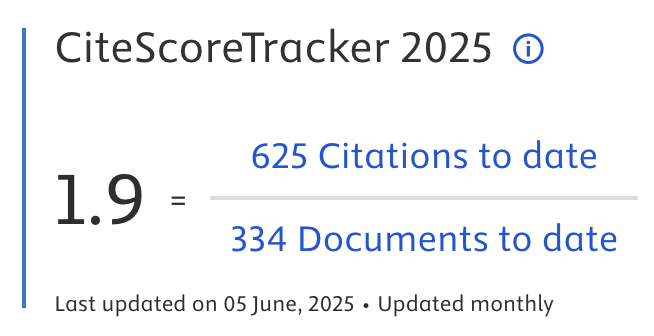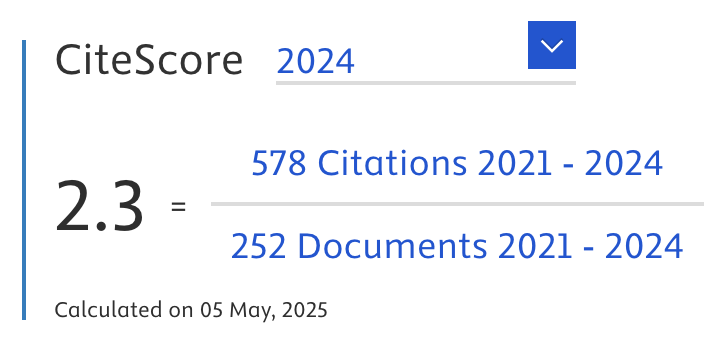Quantitative Evaluation of Watercolor Brush Performance: A Comparative Study of User Satisfaction and Task Efficiency using 24 Innovative Brush Designs
Abstract
This study investigates the performance, user satisfaction, and durability of innovative watercolor brushes compared to traditional brushes, with a focus on quantifiable improvements. The innovative brushes, designed in collaboration with professional watercolorists, feature both roundhandled and flat-handled versions aimed at enhancing painting comfort, precision, and control. The researcher created an innovative watercolor brush with a total of 24 types, divided into 12 round-handled brushes and 12 flat-handled brushes. A sample of 24 artists, including both professionals and amateurs, completed three distinct painting tasks—still-life, large-area washes, and detailed line work. Quantitative data on task completion times, paint usage, and durability were collected, alongside user satisfaction ratings for comfort, ease of use, and stroke control. Statistical analysis revealed that the innovative brushes significantly outperformed traditional brushes across all metrics. On average, the innovative brushes reduced task completion times by 13-15%, with a mean of 13.88 minutes compared to 15.89 minutes for traditional brushes on the still-life task. Paint usage was also lower, with innovative brushes using approximately 2.44 grams on average for the still-life task, compared to 2.97 grams for traditional brushes, reflecting a 17.8% improvement in paint efficiency. User satisfaction ratings were consistently higher for the innovative brushes, scoring an average of 4.5 out of 5 for comfort, ease of use, and stroke control, in contrast to 3.5 for traditional brushes. Durability assessments further showed that innovative brushes maintained an average bristle condition rating of 4.6 versus 3.5 for traditional brushes after extended use, confirming superior longevity. These results highlight the impact of ergonomic handle design and advanced synthetic materials on brush performance. Recommendations for future brush designs include further refinement of handle shapes and enhanced bristle technologies to support the technical and artistic needs of watercolorists. While limitations such as the subjective nature of user ratings and sample size should be noted, this study lays the groundwork for continued research on performance metrics for art tools across various creative disciplines.
Article Metrics
Abstract: 168 Viewers PDF: 135 ViewersKeywords
Full Text:
PDFRefbacks
- There are currently no refbacks.

Journal of Applied Data Sciences
| ISSN | : | 2723-6471 (Online) |
| Organized by | : | Computer Science and Systems Information Technology, King Abdulaziz University, Kingdom of Saudi Arabia. |
| Website | : | http://bright-journal.org/JADS |
| : | taqwa@amikompurwokerto.ac.id (principal contact) | |
| support@bright-journal.org (technical issues) |
 This work is licensed under a Creative Commons Attribution-ShareAlike 4.0
This work is licensed under a Creative Commons Attribution-ShareAlike 4.0




